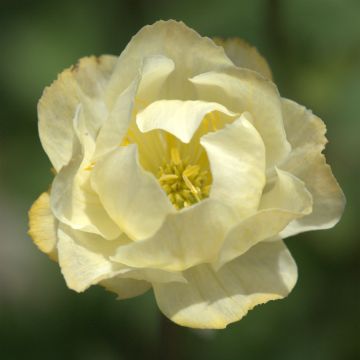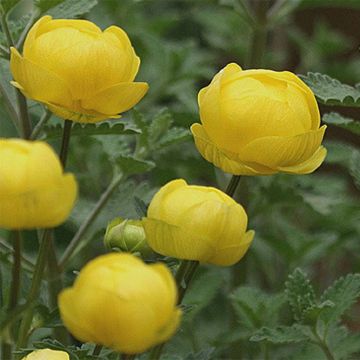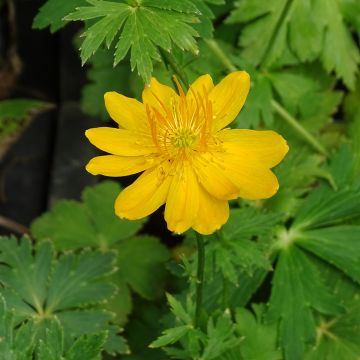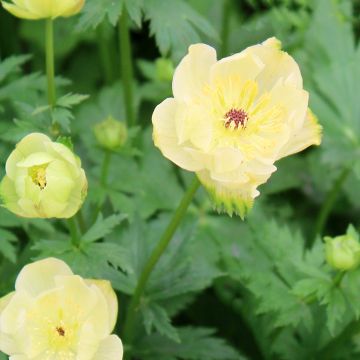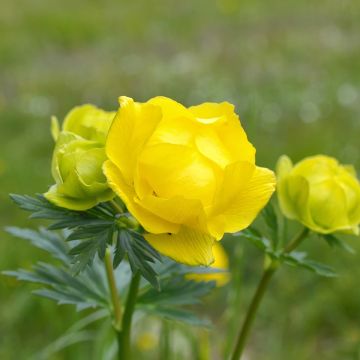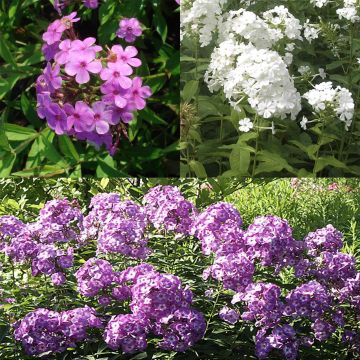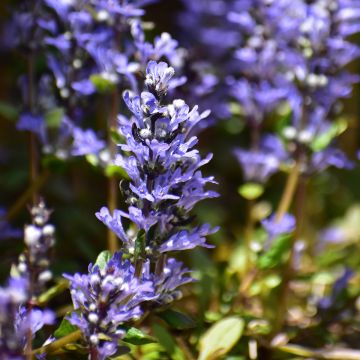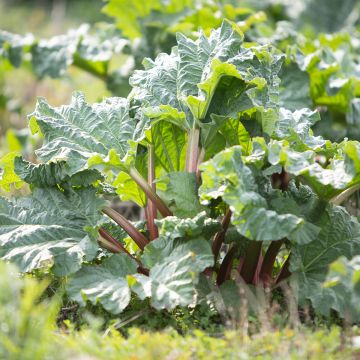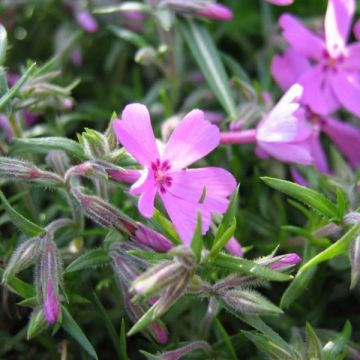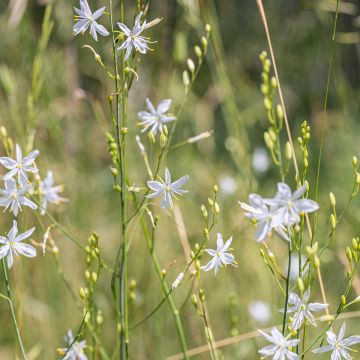

Trollius pumilus - Dwarf Globeflower
Trollius pumilus - Dwarf Globeflower
Trollius pumilus
Dwarf Globeflower
Poor condition upon delivery. All my young plants never emerged from the ground. Too fragile as a plant.
JP Phan, 24/09/2024
Special offer!
Receive a €20 voucher for any order over €90 (excluding delivery costs, credit notes, and plastic-free options)!
1- Add your favorite plants to your cart.
2- Once you have reached €90, confirm your order (you can even choose the delivery date!).
3- As soon as your order is shipped, you will receive an email containing your voucher code, valid for 3 months (90 days).
Your voucher is unique and can only be used once, for any order with a minimum value of €20, excluding delivery costs.
Can be combined with other current offers, non-divisible and non-refundable.
Home or relay delivery (depending on size and destination)
Schedule delivery date,
and select date in basket
This plant carries a 12 months recovery warranty
More information
We guarantee the quality of our plants for a full growing cycle, and will replace at our expense any plant that fails to recover under normal climatic and planting conditions.

Would this plant suit my garden?
Set up your Plantfit profile →
Description
Trollius pumilus, also known as the Dwarf Globeflower, is a lovely compact perennial known for its adaptability, hardiness, and generous and bright flowering resembling buttercups.
Trollius pumilus belongs to the family of renonculaceae, which includes about 25 species native to the temperate regions of the northern hemisphere (Himalayas, eastern Tibet, and China), where they thrive near watercourses.
This perennial makes an excellent ground cover plant as it forms a solid compact clump that does not exceed 15cm (6in) in height and reaches about 20cm (8in) in width. It also serves as an accent plant due to the richness and intensity of its flowering. As spring arrives (May and June), its flowers with single petals and abundant stamens are adorned with warm colours (lemon yellow, sometimes orange), which contrast with its tiny yet delicate foliage that is round and divided into 4 to 5 lobes.
Trollius pumilus prefers fertile and humus-rich soils, even muddy ones, and a sunny or slightly shaded exposure. An amendment in March-April will stimulate its flowering, and summer pruning may potentially induce a second flush of flowering.
It will therefore find its place neatly within a rockery or on the edges of a bank alongside plants that share similar growing conditions. Its small size makes it the ideal companion for small gardens.
We recommend combining this perennial with a collection of plants with remarkable foliage and white flowers to create a chic and rustic scene. We suggest placing gunnera tinctoria as a backdrop, followed by rodgersias and, why not, an itea virginica little Henry that you can awaken with arums and irises. You can dress their base with spreading trollius pumilus in large swathes.
Report an error about the product description
Trollius pumilus - Dwarf Globeflower in pictures
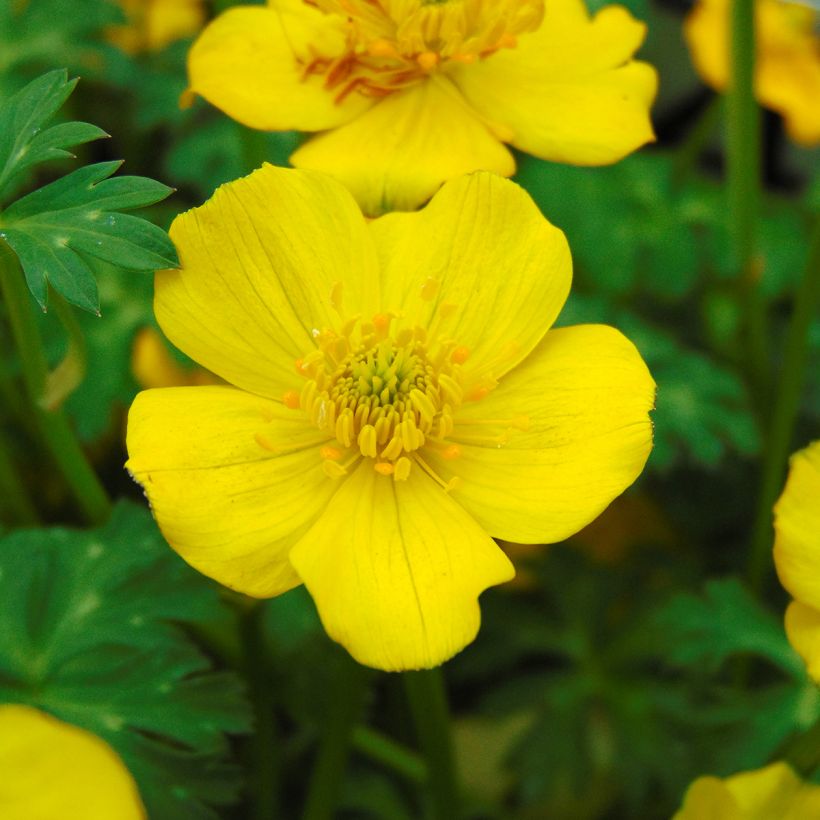



Flowering
Foliage
Plant habit
Botanical data
Trollius
pumilus
Ranunculaceae
Dwarf Globeflower
Himalayas
Other Trollius
View all →Planting and care
These "buttercups", like wild buttercups, enjoy having their feet in the mud and their heads in the sun. It is there, in the marshy no man's land that separates water from land, that they thrive happily. However, as they are good-natured, they also can grow in any good garden soil that is not too dry, in the sun or in semi-shade. Pruning the clumps after flowering sometimes promotes the resurgence of flowers towards the end of the season, but this is not always observed.
Planting period
Intended location
Care
-
, onOrder confirmed
Reply from on Promesse de fleurs
Similar products
Haven't found what you were looking for?
Hardiness is the lowest winter temperature a plant can endure without suffering serious damage or even dying. However, hardiness is affected by location (a sheltered area, such as a patio), protection (winter cover) and soil type (hardiness is improved by well-drained soil).

Photo Sharing Terms & Conditions
In order to encourage gardeners to interact and share their experiences, Promesse de fleurs offers various media enabling content to be uploaded onto its Site - in particular via the ‘Photo sharing’ module.
The User agrees to refrain from:
- Posting any content that is illegal, prejudicial, insulting, racist, inciteful to hatred, revisionist, contrary to public decency, that infringes on privacy or on the privacy rights of third parties, in particular the publicity rights of persons and goods, intellectual property rights, or the right to privacy.
- Submitting content on behalf of a third party;
- Impersonate the identity of a third party and/or publish any personal information about a third party;
In general, the User undertakes to refrain from any unethical behaviour.
All Content (in particular text, comments, files, images, photos, videos, creative works, etc.), which may be subject to property or intellectual property rights, image or other private rights, shall remain the property of the User, subject to the limited rights granted by the terms of the licence granted by Promesse de fleurs as stated below. Users are at liberty to publish or not to publish such Content on the Site, notably via the ‘Photo Sharing’ facility, and accept that this Content shall be made public and freely accessible, notably on the Internet.
Users further acknowledge, undertake to have ,and guarantee that they hold all necessary rights and permissions to publish such material on the Site, in particular with regard to the legislation in force pertaining to any privacy, property, intellectual property, image, or contractual rights, or rights of any other nature. By publishing such Content on the Site, Users acknowledge accepting full liability as publishers of the Content within the meaning of the law, and grant Promesse de fleurs, free of charge, an inclusive, worldwide licence for the said Content for the entire duration of its publication, including all reproduction, representation, up/downloading, displaying, performing, transmission, and storage rights.
Users also grant permission for their name to be linked to the Content and accept that this link may not always be made available.
By engaging in posting material, Users consent to their Content becoming automatically accessible on the Internet, in particular on other sites and/or blogs and/or web pages of the Promesse de fleurs site, including in particular social pages and the Promesse de fleurs catalogue.
Users may secure the removal of entrusted content free of charge by issuing a simple request via our contact form.
The flowering period indicated on our website applies to countries and regions located in USDA zone 8 (France, the United Kingdom, Ireland, the Netherlands, etc.)
It will vary according to where you live:
- In zones 9 to 10 (Italy, Spain, Greece, etc.), flowering will occur about 2 to 4 weeks earlier.
- In zones 6 to 7 (Germany, Poland, Slovenia, and lower mountainous regions), flowering will be delayed by 2 to 3 weeks.
- In zone 5 (Central Europe, Scandinavia), blooming will be delayed by 3 to 5 weeks.
In temperate climates, pruning of spring-flowering shrubs (forsythia, spireas, etc.) should be done just after flowering.
Pruning of summer-flowering shrubs (Indian Lilac, Perovskia, etc.) can be done in winter or spring.
In cold regions as well as with frost-sensitive plants, avoid pruning too early when severe frosts may still occur.
The planting period indicated on our website applies to countries and regions located in USDA zone 8 (France, United Kingdom, Ireland, Netherlands).
It will vary according to where you live:
- In Mediterranean zones (Marseille, Madrid, Milan, etc.), autumn and winter are the best planting periods.
- In continental zones (Strasbourg, Munich, Vienna, etc.), delay planting by 2 to 3 weeks in spring and bring it forward by 2 to 4 weeks in autumn.
- In mountainous regions (the Alps, Pyrenees, Carpathians, etc.), it is best to plant in late spring (May-June) or late summer (August-September).
The harvesting period indicated on our website applies to countries and regions in USDA zone 8 (France, England, Ireland, the Netherlands).
In colder areas (Scandinavia, Poland, Austria...) fruit and vegetable harvests are likely to be delayed by 3-4 weeks.
In warmer areas (Italy, Spain, Greece, etc.), harvesting will probably take place earlier, depending on weather conditions.
The sowing periods indicated on our website apply to countries and regions within USDA Zone 8 (France, UK, Ireland, Netherlands).
In colder areas (Scandinavia, Poland, Austria...), delay any outdoor sowing by 3-4 weeks, or sow under glass.
In warmer climes (Italy, Spain, Greece, etc.), bring outdoor sowing forward by a few weeks.






























